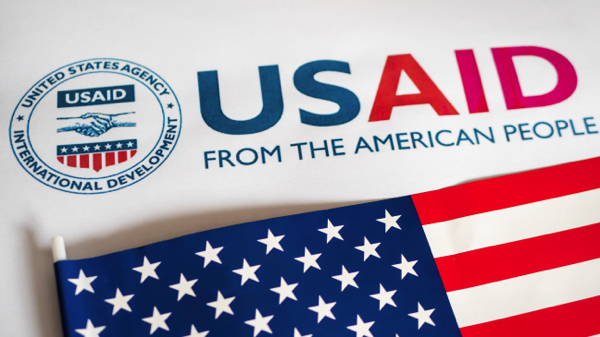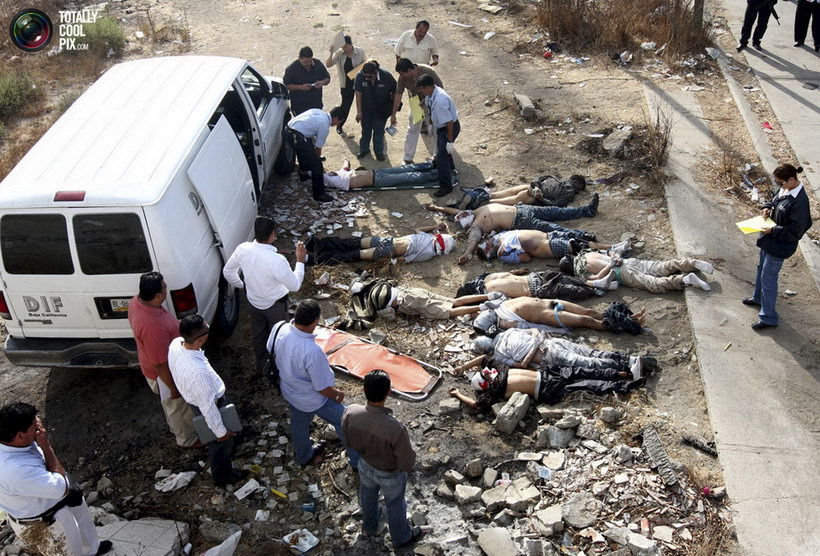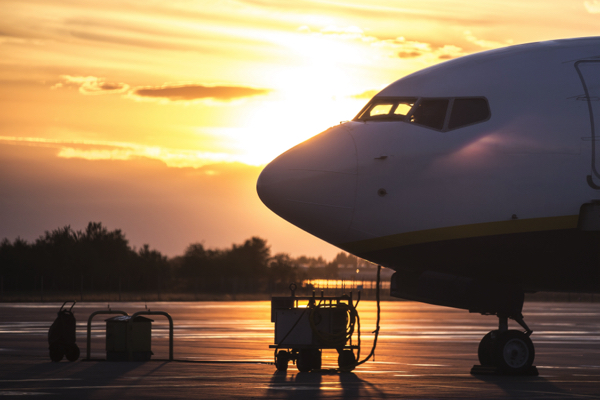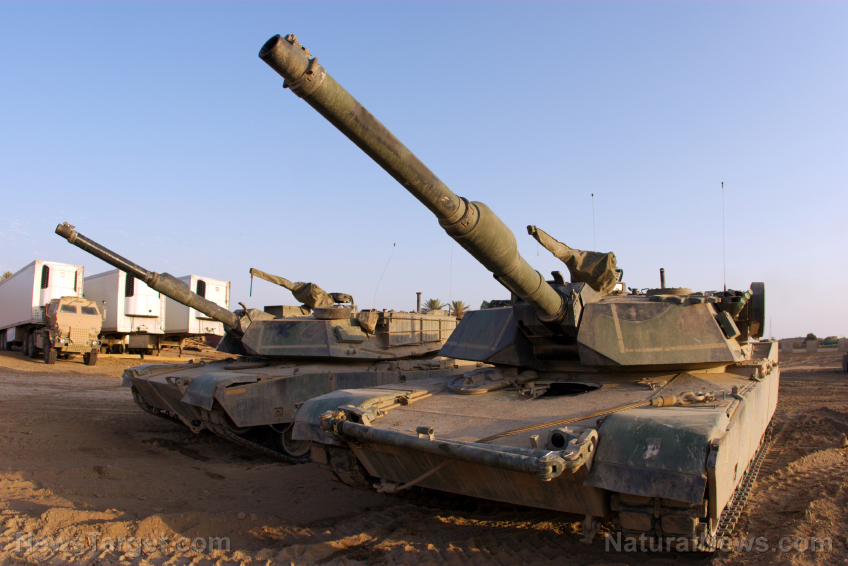 Parler
Parler Gab
Gab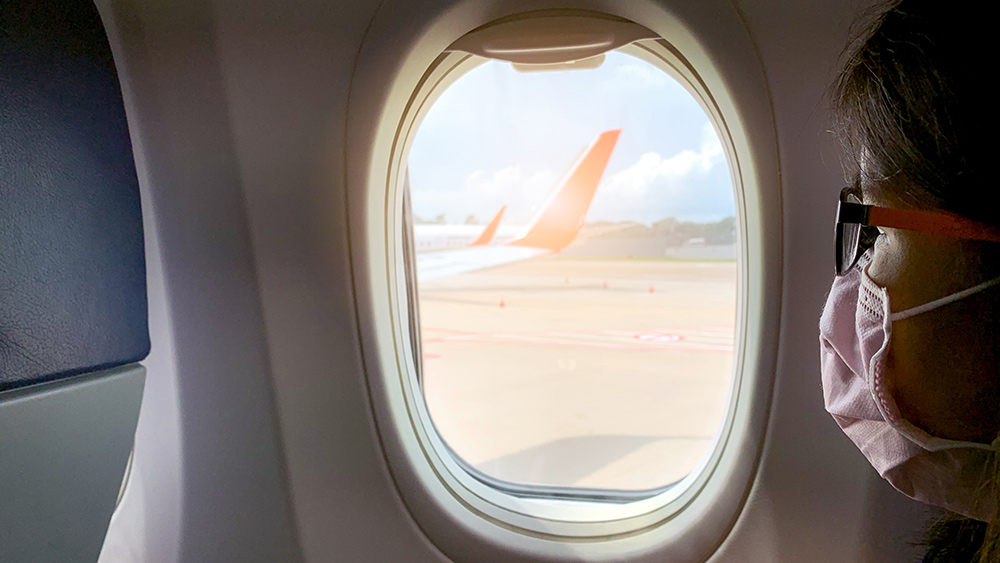
- United Airlines Flight 1382 aborted takeoff and evacuated 109 people after a fire broke out on the wing at Houston's IAH.
- No injuries were reported, but the incident has heightened concerns about air travel safety.
- The cause of the fire is under investigation by the FAA, adding to a series of recent aviation mishaps.
- Recent events include a plane crash in Washington, D.C., and a medical evacuation plane crash in Philadelphia, causing multiple fatalities.
- The NTSB is investigating discrepancies in altitude data and air traffic control issues, raising questions about safety standards.
Flames and panic on the runway
Footage obtained by the media shows the harrowing scene as flames burst from the wing, and passengers could be heard screaming and pleading for their safety. "No, it's on fire!" one passenger yelled, while another begged, "Oh my God, please, please get us out of here." Despite the panic, the Houston Fire Department confirmed that the fire was already extinguished by the time they arrived, and no injuries were reported. The cause of the fire remains under investigation by the Federal Aviation Administration (FAA). Passengers were evacuated via emergency slides and stairs, then bused to the terminal. The incident has raised serious questions about the safety of air travel, especially in light of recent tragic events.A pattern of disasters
The fire in Houston is just the latest in a series of aviation mishaps that have shaken public confidence. On Saturday night, a passenger plane collided with a tug vehicle at Chicago O'Hare International Airport, pinning the 64-year-old driver underneath the vehicle. The driver, who suffered critical injuries, is now in stable condition. These incidents come on the heels of two devastating crashes last week. On Wednesday, an American Airlines flight collided with an Army Black Hawk helicopter over Washington, D.C., killing all 64 people on board the plane, including several young figure skaters, and the helicopter's three-person crew. Just two days later, a medical evacuation plane crashed in Philadelphia, claiming six lives. The string of aviation disasters has sparked a heated debate about the state of air travel safety in the United States. It is clear that years of liberal policies, such as diversity, equity, and inclusion (DEI) hiring initiatives at Boeing and air traffic control, may have compromised the industry's safety standards. The National Transportation Safety Board (NTSB) is leading the investigation into the mid-air collision in D.C., which has revealed discrepancies in the altitude data of the aircraft involved. Preliminary data from the plane's flight recorder showed it was at 325 feet, while air traffic control data indicated the helicopter was at 200 feet, the maximum height allowed for army helicopters near Reagan National Airport. The fact that they collided may indicate the helicopter was flying above the limit; there are also reports that the helicopter was warned twice about the presence of the plane yet still managed to collide with it. The air traffic control tower was reportedly understaffed at the time of the accident. As the FAA and NTSB continue their investigations, the public is left to wonder what is happening in America's skies. The safety of air travel, once a hallmark of American excellence, now seems precarious. It is imperative that policymakers and industry leaders take immediate action to restore public confidence and ensure that such tragedies do not become the new norm. Sources for this article include: NYPost.com FoxNews.com DailyMail.co.ukUS spy plane conducts strategic operations along border as drug cartels look for war
By Lance D Johnson // Share
Elon Musk and DOGE uncover massive fraud in USAID, sparking calls for government transparency
By Finn Heartley // Share
Black Hawk in Potomac crash had vital tracking system turned off, senator reveals
By Cassie B. // Share
By News Editors // Share
Governments continue to obscure COVID-19 vaccine data amid rising concerns over excess deaths
By patricklewis // Share
Tech giant Microsoft backs EXTINCTION with its support of carbon capture programs
By ramontomeydw // Share
Germany to resume arms exports to Israel despite repeated ceasefire violations
By isabelle // Share
